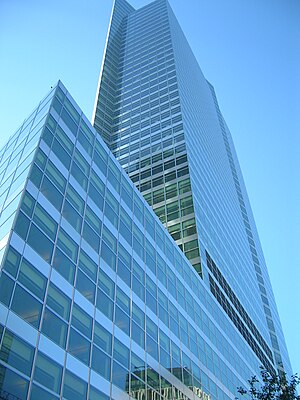Reblogged from my Integral Permaculture blog.
If you live in Whatcom County, you've probably heard the recent news about Gateway Pacific Terminal - the proposed coal port at Cherry Point. First we heard that the state Environmental impact Statement will included the broad level of scoping that opponents of the port have asked for, including the end-use impacts of burning the coal in China. Next we heard that the Lummi Nation has sent an official letter stating its unequivocal opposition to the terminal. According to the Bellingham Herald's John Stark, this in itself "could stop the federal permit process for the coal terminal dead in its tracks." Treaty rights have the power of federal law, and the Corps of Engineers recognize this: “If the Lummis come to that position, it will make us reassess the direction we are going,” Walker said. “We have denied permits in the past, based on tribal concerns.”
On July 24, Goldman Sachs issued a commodities report titled "The Window for Thermal Coal investment is Closing." They are seeing a sharp decline in overseas demand and are projecting significant price declines through 2017. For the longer term they see a peak in demand by 2020, with a gradual erosion of coal's "current position atop the fuel mix for global power generation."
1) environmental regulations that discourage coal-fired generation, 2) strong competition from gas and renewable energy and 3) improvements in energy efficiency.
Demand will be unable to absorb the entire project pipeline
Thermal coal is not constrained by a lack of geological resources; proven reserves of 861Gt are equivalent to over 100 years of consumption at current rates. The portfolio of growth options for thermal coal exports is correspondingly large.In particular, there are several large scale projects where investment in rail and port infrastructure could unlock large basins that have either remained undeveloped or cut off from the export market [Exhibit 21 shows a map transporting coal from Powder River Basin from WA state to China]. The increase in seaborne supply from any of these basins would be in a range between 30Mtpa and 100Mtpa in order to optimize the large capital investment in infrastructure, in our view.In the period 2008-12 when Chinese seaborne demand was increasing at an average rate of 32Mt per year, the market could have absorbed the staged development of new coal basins. However, in an environment of slowing growth, large scale projects can push the market into oversupply once they are added to the range of brownfield expansions. [emphasis mine]
Bottom line:
The prospect of weaker demand growth (we believe seaborne demand could peak in 2020) and seaborne prices near marginal production costs suggest that most thermal coal growth projects will struggle to earn a positive return for their owners.
Hat tip to Rick F. and Gary K. for alerting me to this report!
Related articles
- Goldman Sachs Finds 'Window For Profitable Investment In Coal Minin... (thinkprogress.org)
- Goldman Sachs says coal-export terminals are a bad investment (grist.org)
- The coal export bubble (grist.org)
- China, Coal, World Energy, and the Economy (by me, at Transition Whatcom, 2011)
© 2025 Created by David MacLeod.
Powered by
![]()

